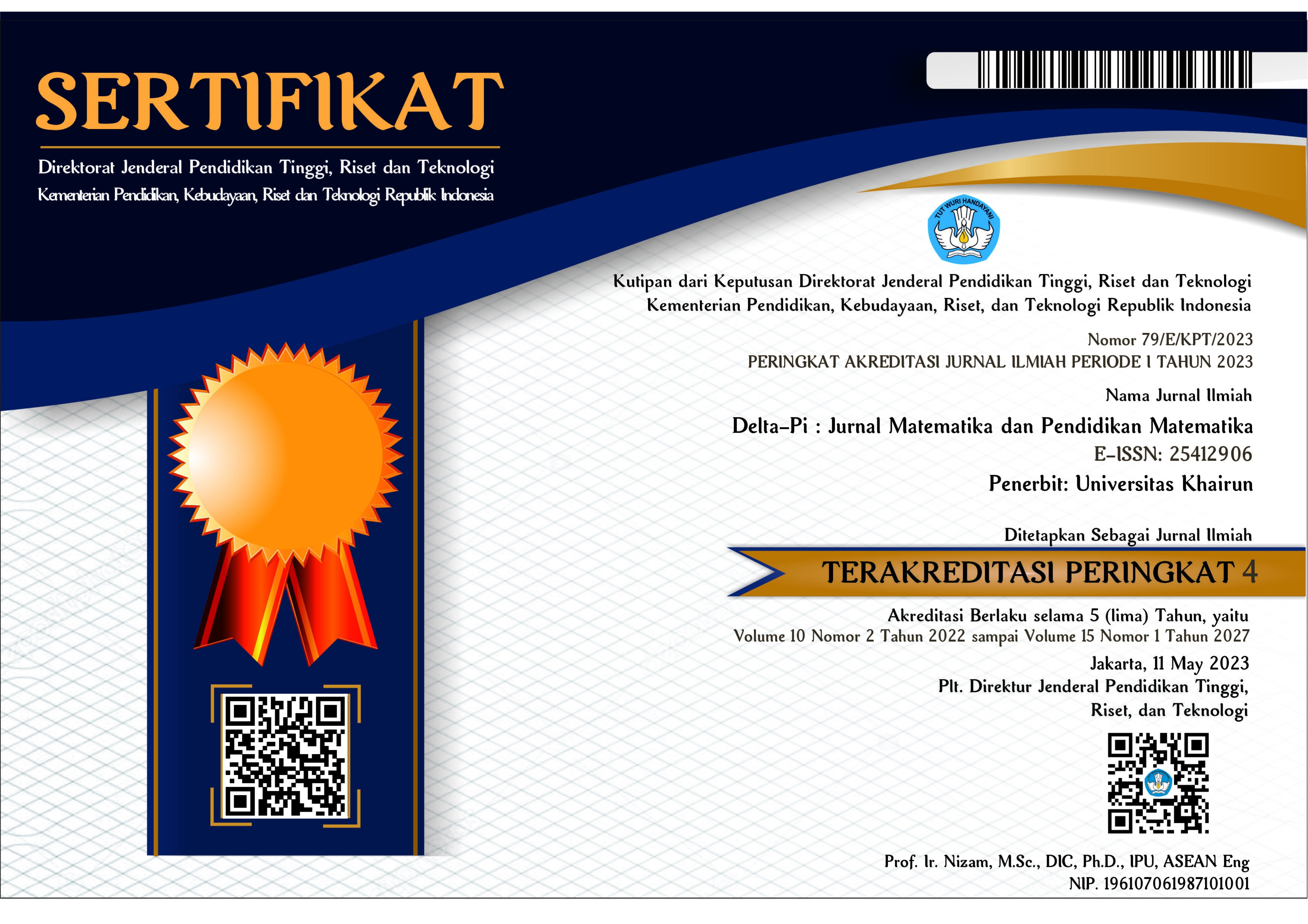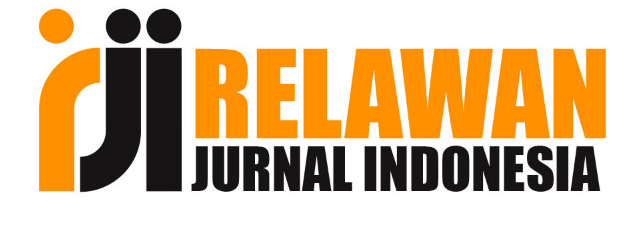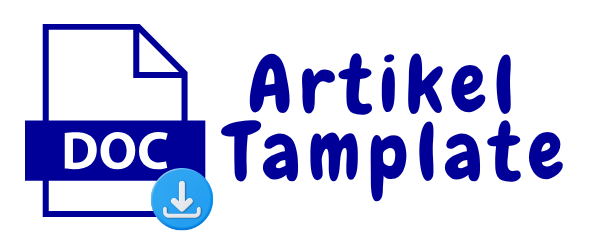Eksplorasi penggunaan teknologi dalam pembelajaran limit fungsi: Systematic literature review
Sari
Teknologi dapat memfasilitasi siswa dalam mempelajari mata pelajaran yang sulit seperti matematika. Pemahaman limit penting untuk mempelajari materi kalkulus lainnya seperti turunan dan integral. Di perguruan tinggi, mahasiswa mengalami kesulitan dalam mempelajari konsep limit fungsi. Oleh sebab itu, beberapa penelitian mengkaji bagaimana pemanfaatan teknologi untuk membantu mahasiswa dalam mempelajari limit. Penelitian ini diawali dengan penentuan 4 rumusan masalah (RM) yaitu: 1) Alat teknologi apa yang digunakan untuk memfasilitasi pembelajaran limit fungsi? 2) Alat teknologi apa yang paling sering dijadikan acuan? 3) Bagaimana alat teknologi dapat membantu siswa mempelajari konsep limit fungsi? 4) Bagaimana contoh visualisasi alat teknologi dalam mempelajari konsep limit fungsi?. Penelitian ini menggunakan systematic literature review (SLR) yang menggunakan protokol PRISMA (Preferred Reporting Items for Systematic Review and Meta-Analyses) untuk memilih artikel melalui database Google Scholar periode 2013-2023. Protokol PRISMA berisi empat tahapan yaitu identification, screening, eliglibility, dan include. Dari 36 artkel yang tersaring, hanya ada 7 artikel yang dikaji lebih mendalam untuk menjawab ke 4 RM. Hasil penelitian menunjukkan jumlah penelitian tentang limit fungsi dan pemanfaatan teknologi tidak banyak. Hal ini dibuktikan dengan banyaknya artikel yang tersaring hanya 36 artikel. Hanya 7 artikel yang akhirnya terpilih, diantaranya ada 4 artikel yang menggunakan GeoGebra, 1 Maple, 1 video dan audio recorder, dan 1 artikel tidak menyebutkan alat teknologi yang digunakan. Sehingga kesimpulan GeoGebra adalah software yang paling sering dijadikan acuan dalam memvisualisasi konsep limit.
Â
Kata Kunci: Limit fungsi; teknologi; systematic literature review (SLR); PRISMA
Teks Lengkap:
PDFReferensi
Buentello-Montoya, D. A., LomelÃ-Plascencia, M. G., & Medina-Herrera, L. M. (2021). The role of reality enhancing technologies in teaching and learning of mathematics. Computers & Electrical Engineering, 94, 107287.
Caglayan, G. (2015). Math majors' visual proofs in a dynamic environment: the case of limit fungsi of a function and the ϵ–δ approach. International journal of mathematical education in science and technology, 46(6), 797-823.
Chagwiza, C. J., Maharaj, A., & Brijlall, D. (2020). Formulating a Modified Genetic Decomposition for the Concept of ‘Limit fungsi of a Sequence’. African Journal of Research in Mathematics, Science and Technology Education, 24(3), 333-347.
Chagwiza, C. J., Maharaj, A., & Brijlall, D. (2020). Formulating a Modified Genetic Decomposition for the Concept of ‘Limit fungsi of a Sequence’. African Journal of Research in Mathematics, Science and Technology Education, 24(3), 333-347.
Cheng, K., & Leung, A. (2015). A dynamic applet for the exploration of the concept of the limit fungsi of a sequence. International Journal of Mathematical Education in Science and Technology, 46(2), 187-204.
Flores, A., & Park, J. (2016). Students’ guided reinvention of definition of limit fungsi of a sequence with interactive technology. Contemporary Issues in Technology and Teacher Education, 16(2), 110-126.
Fung, C. H., & Poon, K. K. (2021). Can dynamic activities boost mathematics understanding and metacognition? A case study on the limit fungsi of rational functions. International Journal of Mathematical Education in Science and Technology, 52(8), 1225-1239.
Hong, D. S., & Choi, K. M. (2019). Challenges of maintaining cognitive demand during the limit fungsi lessons: understanding one mathematician’s class practices. International journal of mathematical education in science and technology, 50(6), 856-882.
Ishartono, N., binti Halili, S. H., Ningtyas, Y. D. W. K., Tonra, W. S., Kholid, M. N., Waluyo, M., & Djamilah, S. (2022). The Role of Instructional Design in Improving Pre-Service and In-Service Teacher’s Mathematics Learning Sets Skills: A Systematic Literature Review in Indonesian Context. Indonesian Journal on Learning and Advanced Education (IJOLAE), 5(1), 13-31.
Joyner, J., & Reys, B. (2000). Principles and Standards for School Mathematics: What's in It for You?. Teaching children mathematics, 7(1), 26-29.
Lumban Gaol, N. T. (2021). School leadership in Indonesia: A systematic literature review. Educational Management Administration & Leadership, 17411432211010811.
Nagle, C., Tracy, T., Adams, G., & Scutella, D. (2017). The notion of motion: covariational reasoning and the limit fungsi concept. International Journal of Mathematical Education in Science and Technology, 48(4), 573-586.
Nur, A. S., Marlissa, I., Kamariah, K., Palobo, M., & Ramadhani, W. P. (2021). Mathematics education research in Indonesia: A scoping review. Beta: Jurnal Tadris Matematika, 14(2), 154-174.
Prilatama, A. (2023). KESELAMATAN KERJA: SYSTEMATIC LITERATURE REVIEW (SLR) DAN ANALISA BIBLIOMETRIK. TRANSEKONOMIKA: AKUNTANSI, BISNIS DAN KEUANGAN, 3(1), 12-22.
Triandini, E., Jayanatha, S., Indrawan, A., Putra, G. W., & Iswara, B. (2019). Metode systematic literature review untuk identifikasi platform dan metode pengembangan sistem informasi di Indonesia. Indonesian Journal of Information Systems, 1(2), 63-77.
DOI: https://doi.org/10.33387/dpi.v12i2.7065
Refbacks
- Saat ini tidak ada refbacks.
Delta-Pi: Jurnal Matematika dan Pendidikan Matematika © 2024 is licensed under CC BY 4.0
















